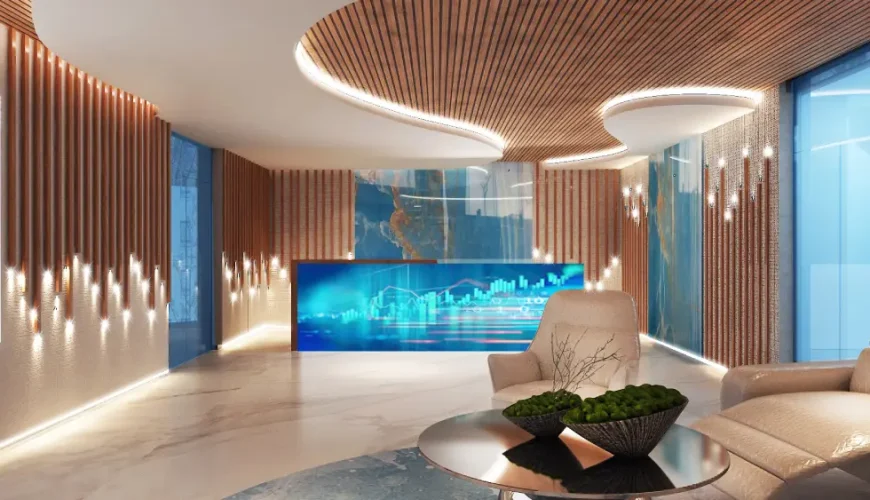An office interior fit-out is more than just a makeover; it’s an opportunity to create a functional, productive, and aesthetically pleasing workspace. To ensure your office fit-out meets all your needs and increases efficiency, consider these essential factors.
Define your objectives and requirements:
Before beginning the interior office fit out process, clearly define your objectives and requirements. Determine how you want the office to support your business operations and employee needs. Consider factors such as the number of employees, departmental layouts, and any special requirements like meeting rooms, collaborative spaces, or private offices. Understanding these needs will guide your design choices and help you create a space that improves productivity and satisfaction.
Plan for future growth:
When designing your office fit-out, think about your company’s future growth. Incorporate flexible design elements that can easily adapt to changes in staff numbers or work styles. Modular furniture, scalable technology solutions, and adjustable partitions can help accommodate future expansions without requiring a complete overhaul. Planning for growth ensures that your investment remains relevant and useful over time.
Focus on ergonomics and comfort:
Employee comfort and well-being are important for productivity. Invest in ergonomic furniture, such as adjustable chairs and desks, to support healthy work habits and reduce the risk of strain or injury. Ensure that the office layout promotes ease of movement and provides adequate space for employees to work comfortably. Good lighting, proper ventilation, and temperature control also contribute to a comfortable and productive work environment.
Incorporate technology efficiently:
Modern offices rely heavily on technology. Plan for the integration of IT infrastructure, including data cabling, power outlets, and networking solutions. Ensure that your fit-out supports the installation of necessary technology without causing clutter or disruption. Consider incorporating smart technologies, such as automated lighting and climate control, to improve efficiency and reduce energy consumption.
Design for collaboration and privacy:
Striking the right balance between collaborative and private spaces is essential. Create areas that encourage teamwork and communication, such as open-plan workstations, brainstorming rooms, or lounges. At the same time, provide private spaces for focused work or confidential meetings. Acoustic treatments, like soundproofing and privacy screens, can help maintain a quiet and productive environment.
